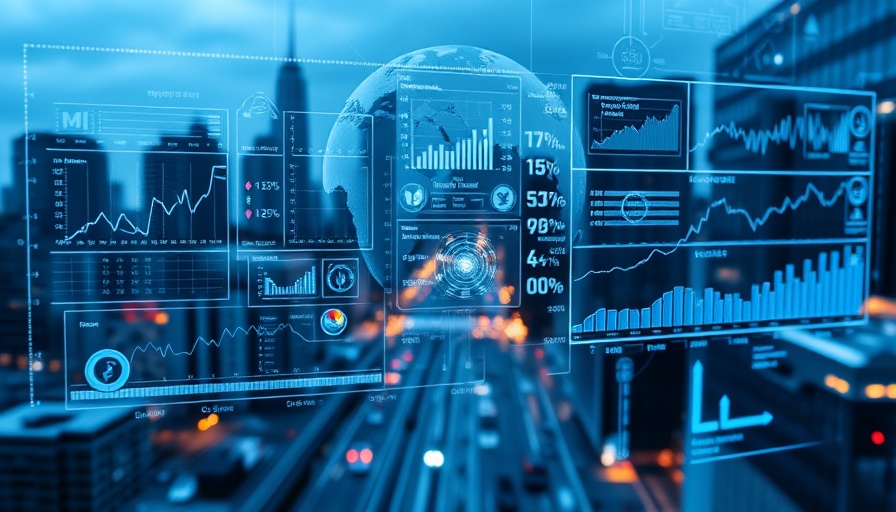
Understanding the Chaos in Software Development
Software development has undergone tremendous changes over the past decade, but with rapid innovation comes inevitable chaos. In a world increasingly dependent on technology, developers are facing mounting pressures to deliver faster, maintain security, and manage complex codebases simultaneously. The challenge, as outlined by Shannon Mason, chief strategy officer for Tempo, is not just about keeping up but finding ways to restore some semblance of order in the midst of this chaos.
The Role of AI in Engineering Workflows
Artificial Intelligence (AI) has been heralded as a productivity tool that could revolutionize software development, but early findings hint at a more complicated reality. Studies from Cornell and MIT suggest that while AI can enhance the workflow for novice developers or new projects, it can actually hinder the productivity of more seasoned developers who are entrenched in mature systems. This dissonance between promise and reality may lead to increased debugging and oversight, ultimately creating more frustration rather than alleviating it.
The Necessity for Regulation in AI Usage
Mason aptly describes AI as "the world's smartest intern"—full of potential but still requiring significant guidance and supervision. Improperly managed, AI tools can produce verbose, insecure, or outright incorrect code. This adds layers of complexity rather than simplifying the workload, compelling teams to rethink their approach to AI integration and workflow management.
Impact of Low-Code and No-Code Tools
Further complicating the landscape is the rise of low-code and no-code development options. While these tools democratize development by enabling citizen developers, they also flood software pipelines with apps that may not meet stringent security and quality standards. This democratization, though exciting, necessitates careful consideration of scaling and safeguarding practices to ensure software remains reliable and secure.
Strategies for Restoring Order
The human aspect of this chaotic environment cannot be overstated. Developers are experiencing burnout from constant context-switching and the relentless speed of change. To combat this, Mason recommends practical strategies such as:
- Making work visible to improve team collaboration.
- Avoiding overloading teams by setting more realistic workloads.
- Instituting designated focus time and no-meeting days to reduce distractions and enhance productivity.
Such adjustments not only improve workflow but also mitigate burnout, allowing developers to reclaim some joy in their work.
Finding Hope in a Chaotic Landscape
The essential takeaway for teams facing chaotic engineering workflows is clear: AI is not a panacea for all issues, but it can be harnessed effectively with careful practices, cultural shifts, and clear communication. By addressing the chaos with actionable steps and fostering an environment conducive to effective software development, teams can navigate these turbulent waters and emerge more resilient than before.
In an industry where speed must be balanced with quality, embracing these strategies could be the key to thriving in the future of software development.
 Add Row
Add Row  Add
Add 




Write A Comment